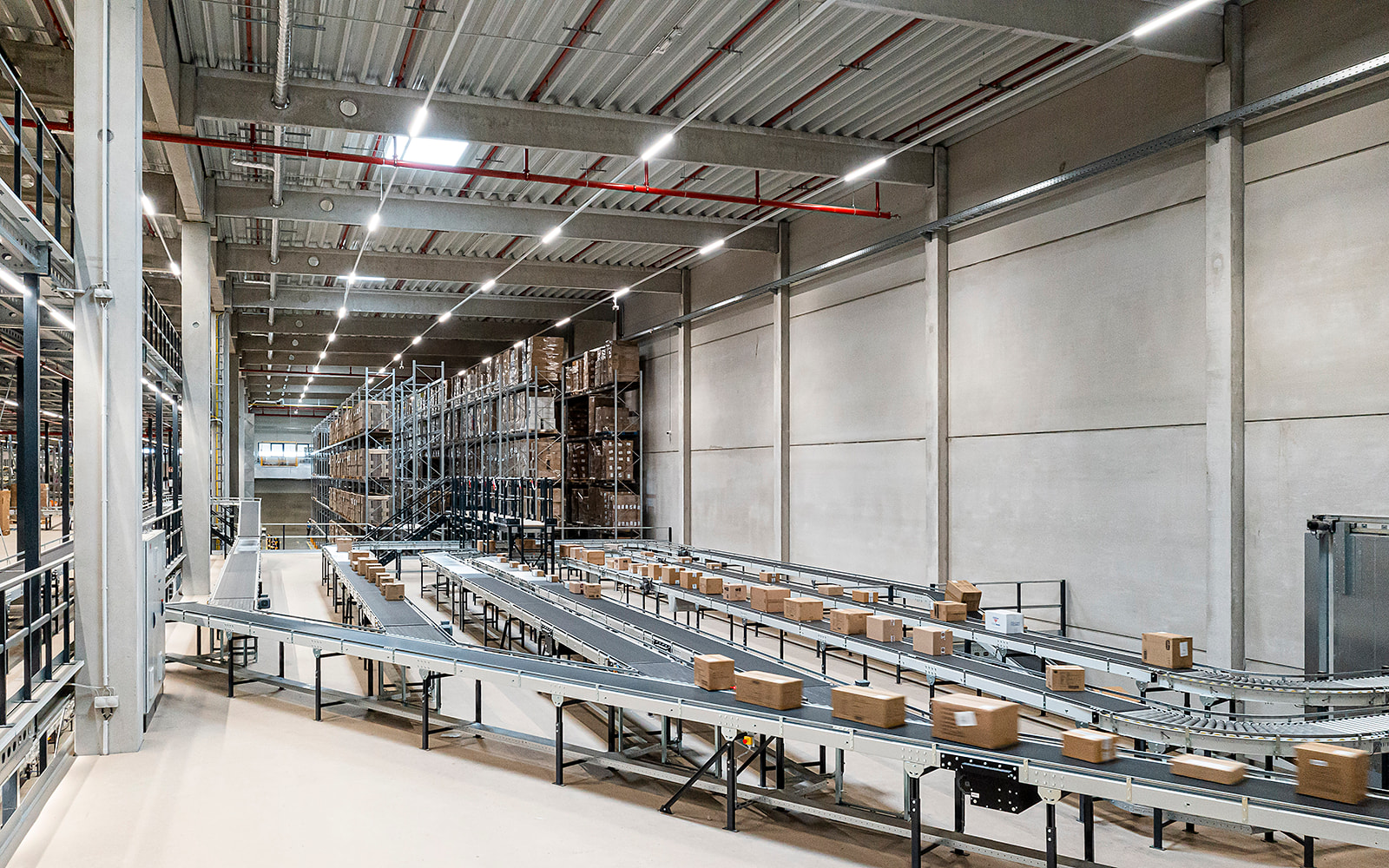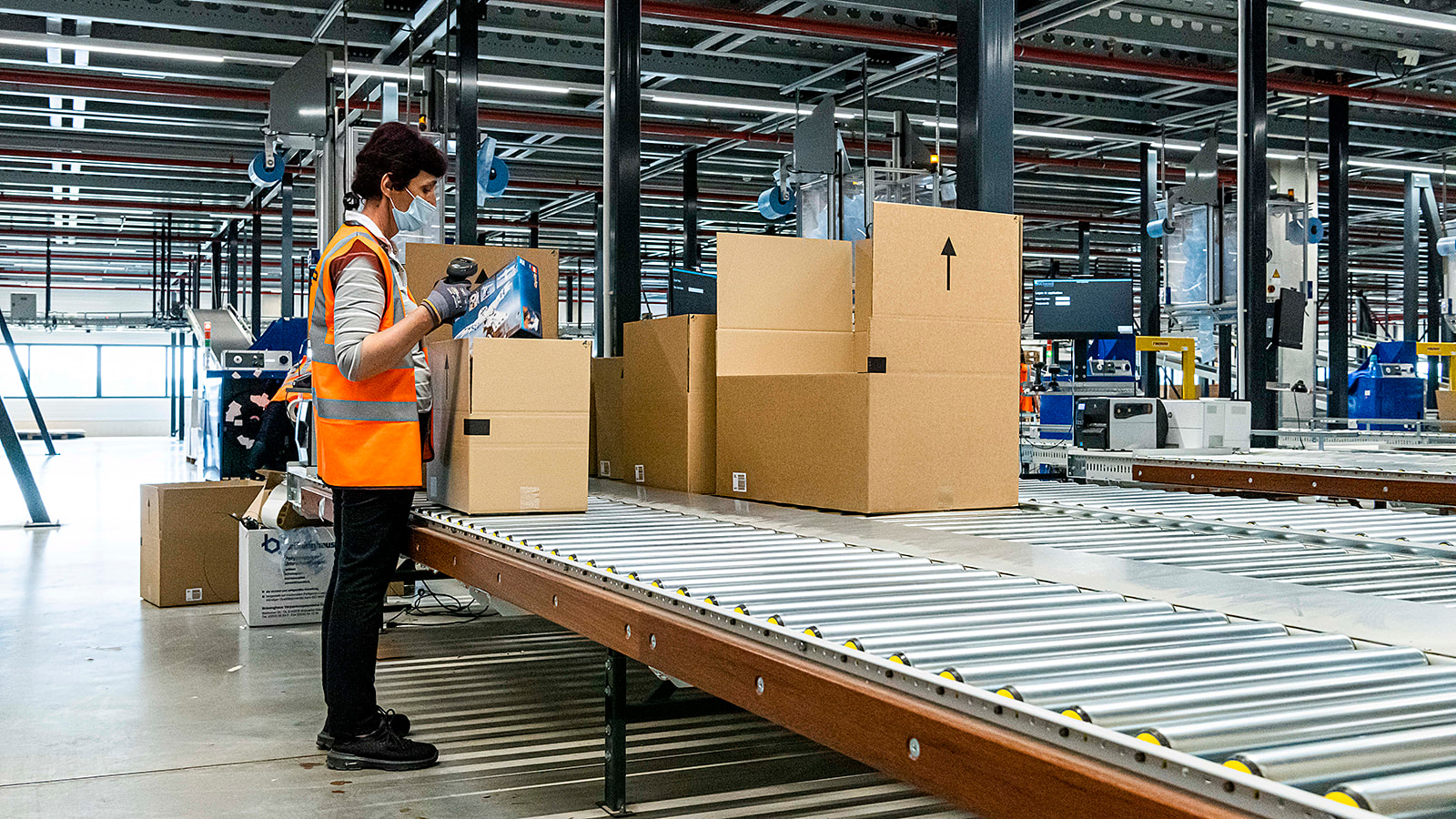Automation issue in your warehouse?


Reverse logistics has long since ceased to be seen as a cost item by the logistics manager. Nevertheless, many companies can use this flow of goods to improve their processes and customer satisfaction. We give 3 examples:
1. Ensure good communication with the customer.
This first point is essential for developing trust and brand loyalty. Customers can track an order from the moment the order is placed, picked, packed, shipped, routed through various hubs and finally delivered to their door. But… they actually expect it for the reverse flow of goods too!
This starts with the confirmation of receipt of the package and, most importantly, the confirmation of the crediting of their account. Customers want recognition and confirmation and these are things that should be included in a good return policy.
2. Provide more ECO-friendliness in the returns
In your processes, see which used products, components and materials that have been used can be given a new life. Consider shipping packaging that is also suitable for reuse as return packaging. Boxes with a so-called ‘easy open function’, such as a perforated tear edge, are less likely to be damaged during opening, making them easy to reuse as return packaging. More sustainable packaging is often also reused by the consumer or help the consumer to return used products. For example, BoldKing, a supplier of razor blades and supplies, offers a special envelope for returning used blades. These are then also recycled. This will undoubtedly contribute positively to the image of this supplier of so-called ‘low-interest goods’.
After all, a good return policy is incomplete without a good return prevention strategy. Saving your measurements and preferences to make sure your clothes fit properly next time is a great example.
3. Use an efficient Warehouse Management System to process returns.
Returns take up time and resources, which is why it is important to organize this process as efficiently as possible, so that a return can be handled quickly and correctly. For example, after scanning the received goods, a WMS automatically assigns a location and the stock (and the webshop!) is updated in real time. Another example is to send a return form with a unique number during the packing process. That number speeds up the processing of the returns. For example, there are still many small steps with which a large flow can be processed quickly.
Of course, a WMS does not stand alone, but must be part of a (physical and digital) materials handling system for returns. And don’t forget the aforementioned interaction with the customer!


